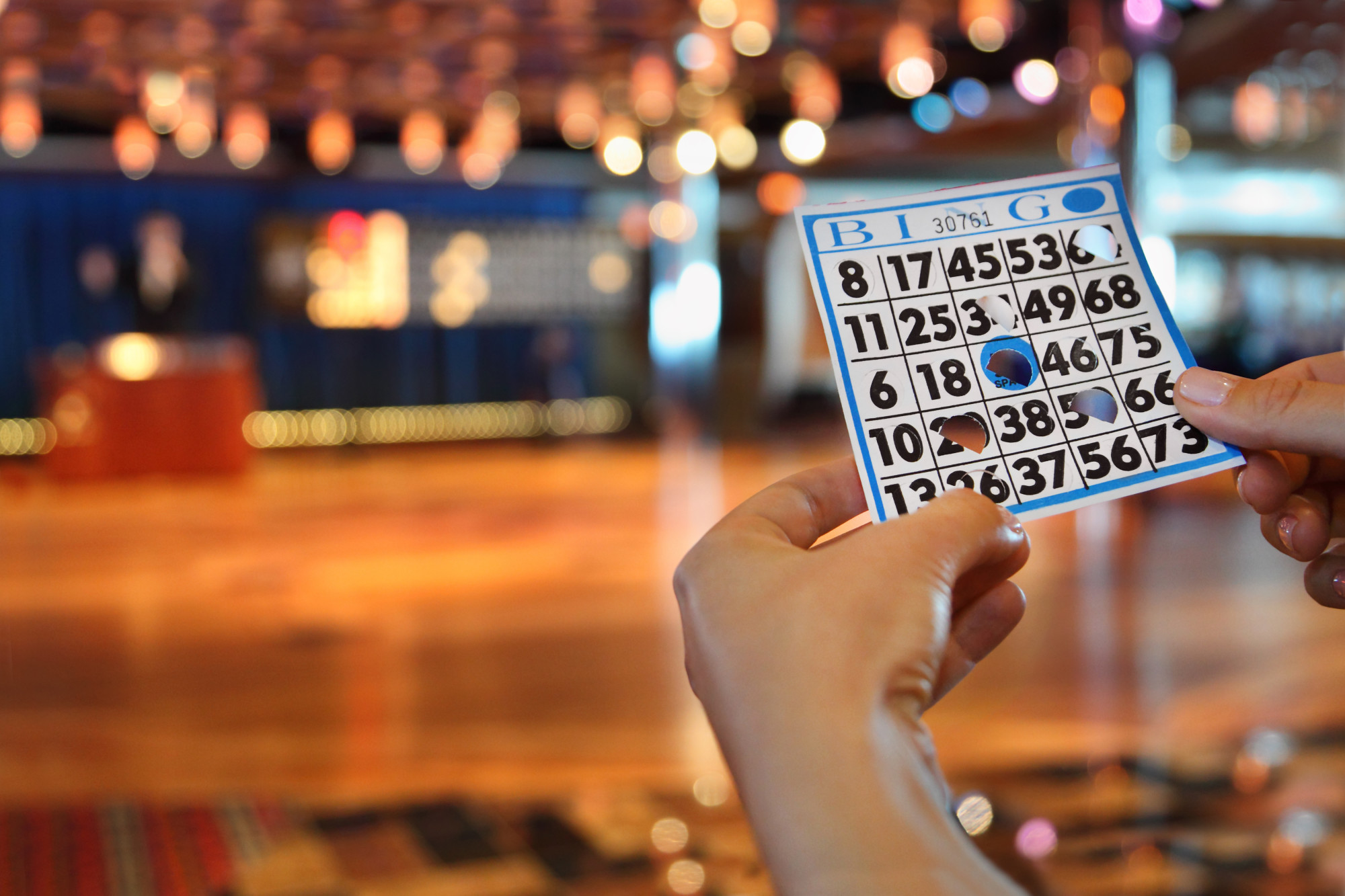Looking for a fun and fulfilling way to exercise? If so, you might consider taking up biking. Biking offers a variety of benefits, some of which are physical, and some of which are psychological.
But before you hop on that bike and take off down the road, you’re advised to brush up on your biking know-how. Need help? Here are 7 pieces of indispensable biking advice for beginners.
1. Bring Water!
Biking is a strenuous activity. Like all strenuous activities, it can lead to dehydration over time. As such, when going on a long bike ride, you need to make sure that you bring water with you.
Odds are, your bike has a water bottle holder in the middle of its frame. Grab a bottle, throw it in the holder, and take a drink whenever you feel the need.
The last thing you want is to be caught on a back road growing weak with 5 miles left to the closest water fountain. Such a scenario is not only uncomfortable but dangerous as well.
2. Wear a Helmet!
Remember when you were a kid, and you used to ride your bike around without a helmet? It was a bad idea then, and it’s a bad idea now.
Bikes can reach speeds of 45 miles per hour, with average speeds coming in somewhere between 20 and 30 miles per hour. Falling off a moving object at that speed could cause you serious injury, particularly if your head is not covered. Not only could it result in concussion but long-term brain damage as well.
So, invest in a helmet and throw it on every time before you take off. It doesn’t need to be expensive. A $10 helmet from Walmart will do.
3. Keep High Gear Usage to a Minimum
Like all forms of exercise, biking puts a certain level of wear and tear on the body. The parts of the body that are most vulnerable during biking are the knees. After all, they’re moving up and down vigorously for extended periods of time.
While you can’t remove stress from the knees entirely, you can limit it. How do you do this? By keeping high gear usage to a minimum.
See, high gears force you to apply more pressure against the pedals. At the same time, they cause the pedals to apply more pressure against your knees. This level of pressure can cause substantial wear and tear, particularly when applied over prolonged periods of time.
In most cases, the goal should be to set the gears so that your feet are moving at 70 to 90 rotations per minute. The only exceptions are when you’re going downhill or when you’re trying to go as fast as possible.
4. Always Be Moving
One of the big mistakes that newbie bikers make is sitting in the same position for the entirety of their rides. The problem with this? It restricts blood circulation in certain parts of the body, causing numbness and discomfort.
To combat this problem, you need to move around constantly. Shift to the back of the saddle, shift to the front of the saddle, adjust your hand position, ride with one hand free, and do whatever else is necessary to keep your blood circulating as it should be.
If need be, invest in a new saddle. Stock saddles are prone to causing discomfort, as they’re usually cheap and poorly constructed.
5. Mix It up
There’s nothing wrong with pursuing only one type of biking. It’s great exercise regardless of the style of biking you’re engaging in. However, if you want to experience bicycling in all its glory, you should switch it up from time to time.
You could go road biking on Mondays, mountain biking on Wednesdays, BMX biking on Fridays, and track biking on Saturdays, for example. In this respect, the world truly is your oyster. Do what you like, but know that there are many different options available to you.
6. Study up on Traffic Rules
When you hit the road on a bike, you become part of the traffic. As such, you need to follow traffic rules in the same way that auto drivers do. Pay attention to stop signs, heed to traffic lights, obey speed limits, and cease from weaving in and out of stopped traffic.
Failing to follow traffic rules could not only result in serious injury, but it could also get you in trouble with the law. And the last thing you want is to get a ticket while on a leisurely bike ride.
7. Buy the Right Sized Bike
In terms of physical proportions, no two human beings are the same. Whereas one might be 6 feet tall with a 78-inch wingspan, another might be 6 feet tall with a 72-inch wingspan. This might not seem like a huge difference, but it can absolutely affect the way in which a person’s body corresponds with a given bike.
The point? When buying a bike, you need to make sure that it’s the right size. Buying an incorrectly sized bike can cause severe discomfort and maybe even injury.
Now, what should you pay attention to when testing different bikes? The primary components are the knee bend and the arm angle.
While in a sitting position, when at the bottom of your pedaling cycle, your knee should possess only a slight bend. Your arms, when properly positioned on the handlebars, should form a 45-degree angle with your torso.
Of course, personal comfort preferences should come into play as well. If you don’t feel comfortable while riding the bike, you shouldn’t buy it. It’s as simple as that.
Use This Biking Advice to Heighten Your Experience
If you’re really looking to get serious about biking, you’re highly advised to take this biking advice to heart. It is sure to heighten your experience.
Looking for other such tips? Our website is the place to be. Take a look at our other articles now!

